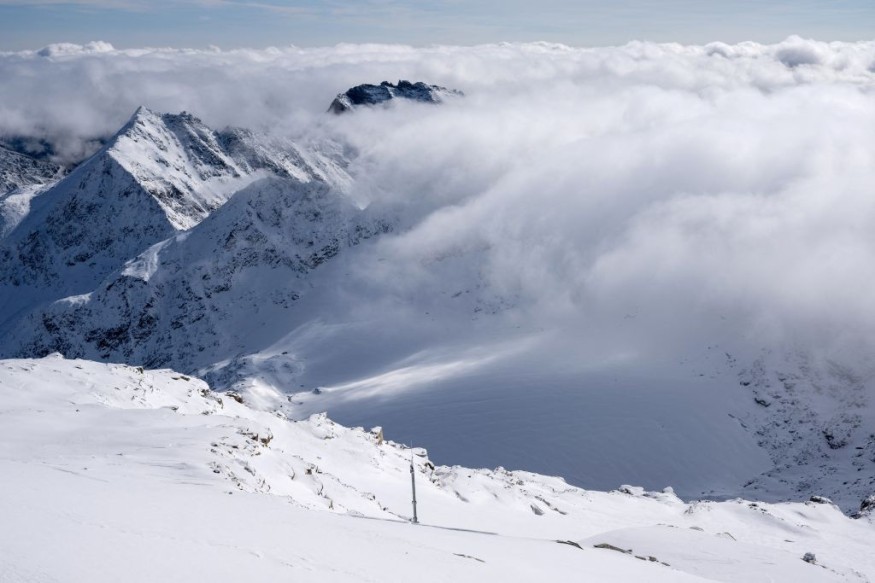
Scientists are working on a bold plan to protect Antarctica's Thwaites Glacier, which has been labeled the "Doomsday Glacier" because of its potential to raise global sea levels.
The glacier is melting at an alarming rate due to climate change, and its collapse could lead to sea levels rising by up to 10 feet, which would threaten coastlines worldwide.
To stop this from happening, researchers are proposing an innovative solution: a massive underwater curtain to shield the glacier from warm ocean currents that are accelerating its melt.
The proposed barrier aims to slow down the glacier's deterioration, especially for areas on the U.S. East Coast, where rising sea levels could flood major cities like New York and Miami, according to Daily Galaxy.
Researchers from the University of Chicago's Climate Systems Engineering Initiative have been leading the effort, arguing that urgent action is needed to prevent a global catastrophe.
This geoengineering approach involves pumping seawater onto the glacier's surface, where the cold air would freeze it, thickening the ice and helping to stabilize it. The underwater curtain, which would act as a shield against warm ocean water, could protect the glacier's vulnerable base and slow its melting.
$6 Billion Plan to Protect Thwaites Glacier Faces Major Challenges
However, this plan is not without challenges. It would cost about $6 billion annually, and experts worry that it could lead to environmental risks, such as altering the glacier's salinity, which could affect its stability.
While the plan is ambitious, some climate experts caution that focusing on geoengineering might be a temporary solution. Gernot Wagner, a professor at Columbia Climate School, warns that such efforts may only treat the symptoms rather than addressing the root causes of climate change, such as carbon emissions.
Many scientists still believe that reducing greenhouse gas emissions is the most effective way to slow down glacial melt.
Despite the uncertainty around the plan, it highlights the growing urgency to tackle the climate crisis. Scientists are exploring all possible solutions to prevent the Thwaites Glacier from collapsing, which could have catastrophic effects on the planet's sea levels.
© 2025 NatureWorldNews.com All rights reserved. Do not reproduce without permission.





